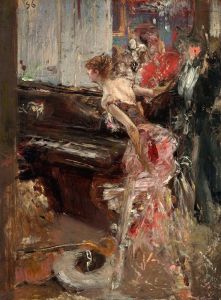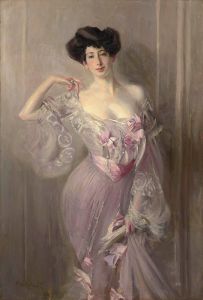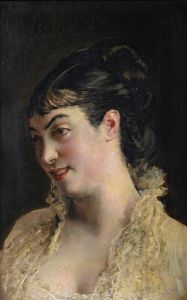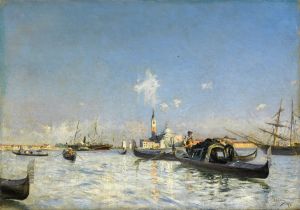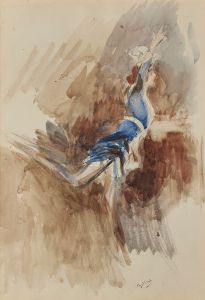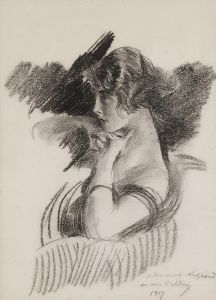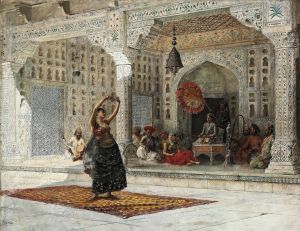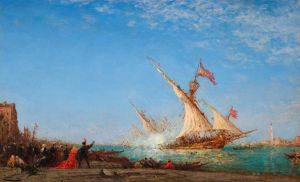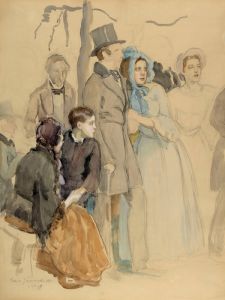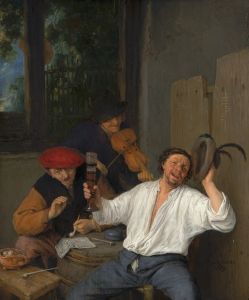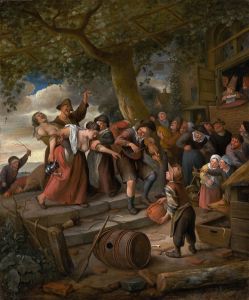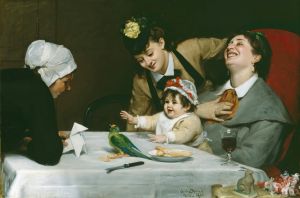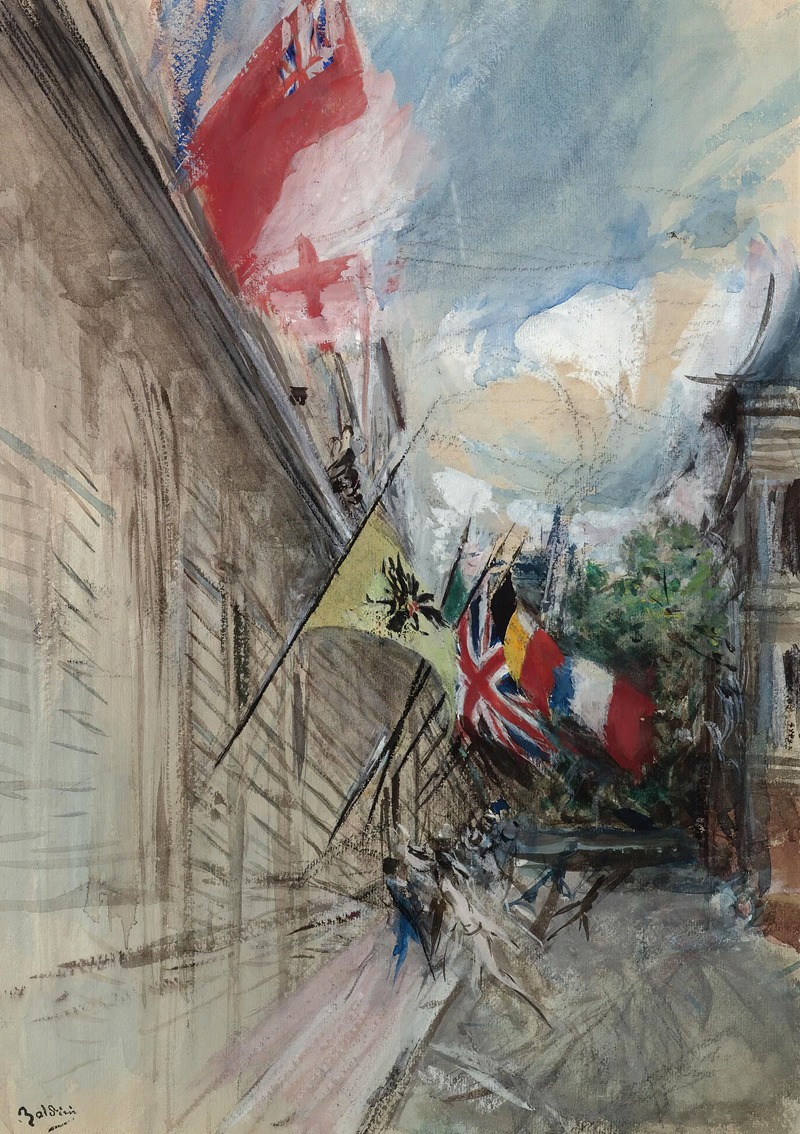
Paris, 14 July
A hand-painted replica of Giovanni Boldini’s masterpiece Paris, 14 July, meticulously crafted by professional artists to capture the true essence of the original. Each piece is created with museum-quality canvas and rare mineral pigments, carefully painted by experienced artists with delicate brushstrokes and rich, layered colors to perfectly recreate the texture of the original artwork. Unlike machine-printed reproductions, this hand-painted version brings the painting to life, infused with the artist’s emotions and skill in every stroke. Whether for personal collection or home decoration, it instantly elevates the artistic atmosphere of any space.
Giovanni Boldini, an Italian painter known for his dynamic and elegant portraiture, created the painting "Paris, 14 July" in the late 19th century. Boldini was a prominent figure in the art world during the Belle Époque, a period characterized by cultural flourishing and artistic innovation in Europe, particularly in Paris. His work is celebrated for its vibrant brushwork and the ability to capture the vivacity and elegance of his subjects.
"Paris, 14 July" is a depiction of the French national holiday, Bastille Day, which commemorates the storming of the Bastille prison on July 14, 1789, a pivotal event in the French Revolution. This day is marked by celebrations across France, with Paris being the epicenter of festivities, including parades, fireworks, and public gatherings.
Boldini's painting captures the essence of this festive atmosphere. Although specific details about the painting's composition are limited, Boldini's style typically involves lively and fluid brushstrokes, which suggest movement and energy. His works often reflect the social and cultural milieu of Paris during this era, characterized by a sense of modernity and cosmopolitanism.
Boldini's choice of subject matter in "Paris, 14 July" aligns with his interest in capturing the spirit of Parisian life. The city was not only the heart of France but also a hub of artistic and intellectual activity. By choosing to depict Bastille Day, Boldini taps into a theme of national pride and celebration, resonating with the patriotic fervor associated with the holiday.
The painting likely features elements typical of Boldini's work, such as a focus on light and movement, which convey the excitement and dynamism of the day. His ability to depict the fleeting moments of life with such vibrancy is a hallmark of his artistic approach. Boldini's paintings often include fashionable figures, reflecting the elegance and sophistication of Parisian society.
Giovanni Boldini was part of a larger movement of artists who were captivated by the modern life of Paris. His contemporaries included figures like Edgar Degas and John Singer Sargent, who also explored themes of urban life and society. Boldini's work, however, is distinguished by its unique blend of realism and impressionistic techniques, which allow him to capture both the physical likeness and the spirited essence of his subjects.
"Paris, 14 July" is an example of Boldini's ability to encapsulate the vibrancy of a moment in time, reflecting both the personal and collective experiences of those who partake in the celebration. His work continues to be appreciated for its technical skill and the way it conveys the joie de vivre of the Belle Époque.
In summary, Giovanni Boldini's "Paris, 14 July" is a testament to his mastery in portraying the lively and festive spirit of Bastille Day in Paris. Through his characteristic brushwork and attention to detail, Boldini captures the essence of a city and its people during one of its most celebrated occasions.





